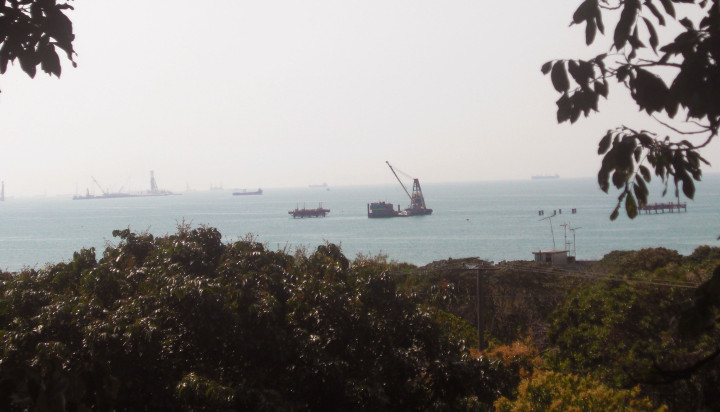A recent article by Professor James Wang implicitly opposes the idea of building a third runway at Hong Kong International Airport.
He said most international financial centres have more than one airport to support their inbound and outbound air traffic, because if all air traffic is concentrated in a single airport, it will lead to insufficient airspace, causing the marginal utility of each runway to diminish quickly.
The third runway of Guangzhou Baiyun International Airport proves this point.
It has increased the number of flights by only 15 percent, far less than the expected 50 percent.
Hong Kong’s third runway, if built, is likely to display the same diminishing marginal return.
The operational capacity of the first runway at Chek Lap Kok is 52 flights per hour, while that of the second one is only 16. The capacity of the third runway is likely to be even lower, at about 10 flights per hour.
The negative consequences of overconcentration of airspace in a single airport cannot be overstated.
Former Civil Aviation Department chiefs Albert Lam Kwong-yu and Lok Kung-nam have raised the same question and are both against building the third runway.
They asked why the government didn’t look for another place to build a second airport, so as to minimize the competition for airspace with nearby airports.
Lok’s argument precisely points out the core issue.
“When the third airstrip is completed, it won’t be long until it reaches the point of saturation again. Does that mean we will have to plan for the fourth runway before the third one is even completed?” he said.
“If we need another runway, then we should probably look for a new location, for example, southern Hong Kong island, where our airspace won’t overlap with that of any of our neighboring airports.”
Lam said that a feasibility study on the third runway conducted years ago showed southern Lantau Island would be another ideal location.
Wang is concerned that Hong Kong is too small to have two civilian airports, but his arguments reflect the tunnel vision of the local mindset.
The five airports across the Pearl River Delta are very close to one another, and some of them have yet to be fully utilized. Synergy can be achieved through better cooperation and coordination among them.
For example, Zhuhai’s airport, which will be connected to Hong Kong by the Hong Kong-Zhuhai-Macau Bridge, could in effect play the role of Hong Kong’s “second airport” through regional cooperation.
By capitalizing on Zhuhai airport’s expansion of its regional air routes, the full operational capacity for international flights at the Chek Lap Kok airport could be realized instantly.
It would not only reinforce Hong Kong’s status as a regional air traffic hub but also save billions of dollars and facilitate regional cooperation.
Moreover, it would also increase the flow of traffic on the Hong Kong-Zhuhai-Macau Bridge.
The same concept applies to Macau’s airport as well.
As far as the issue of accessibility mentioned in Wang’s article is concerned, the fact that the Hong Kong-Zhuhai-Macau bridge connects the three places within a 20-minute ride will greatly enhance the mutual accessibility of the three cities.
By tapping into the yet-to-be-utilized capacity of the Zhuhai airport, our high-end service sector, such as the convention and exhibition industry, could reach out to a much wider pool of international clients.
In contrast, if the airports across the delta area all engaged in cutthroat competition against one another and kept on building extra runways, the only beneficiary would probably be the airlines, as landing fees would likely come down because of the oversupply of runways and cutthroat pricing.
This article first appeared in the Hong Kong Economic Journal on March 27. [Chinese version 中文版]
Translation by Alan Lee
See: http://www.ejinsight.com/
– Contact us at english@hkej.com










